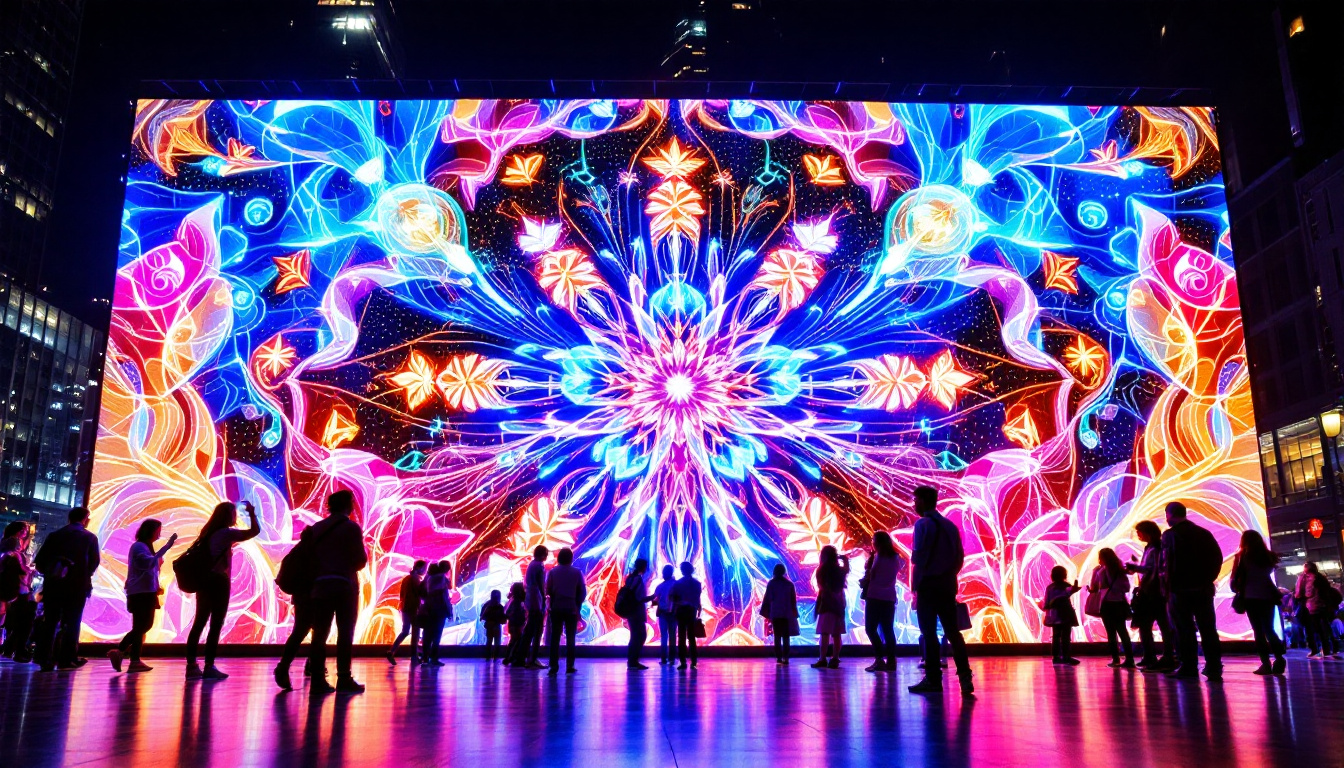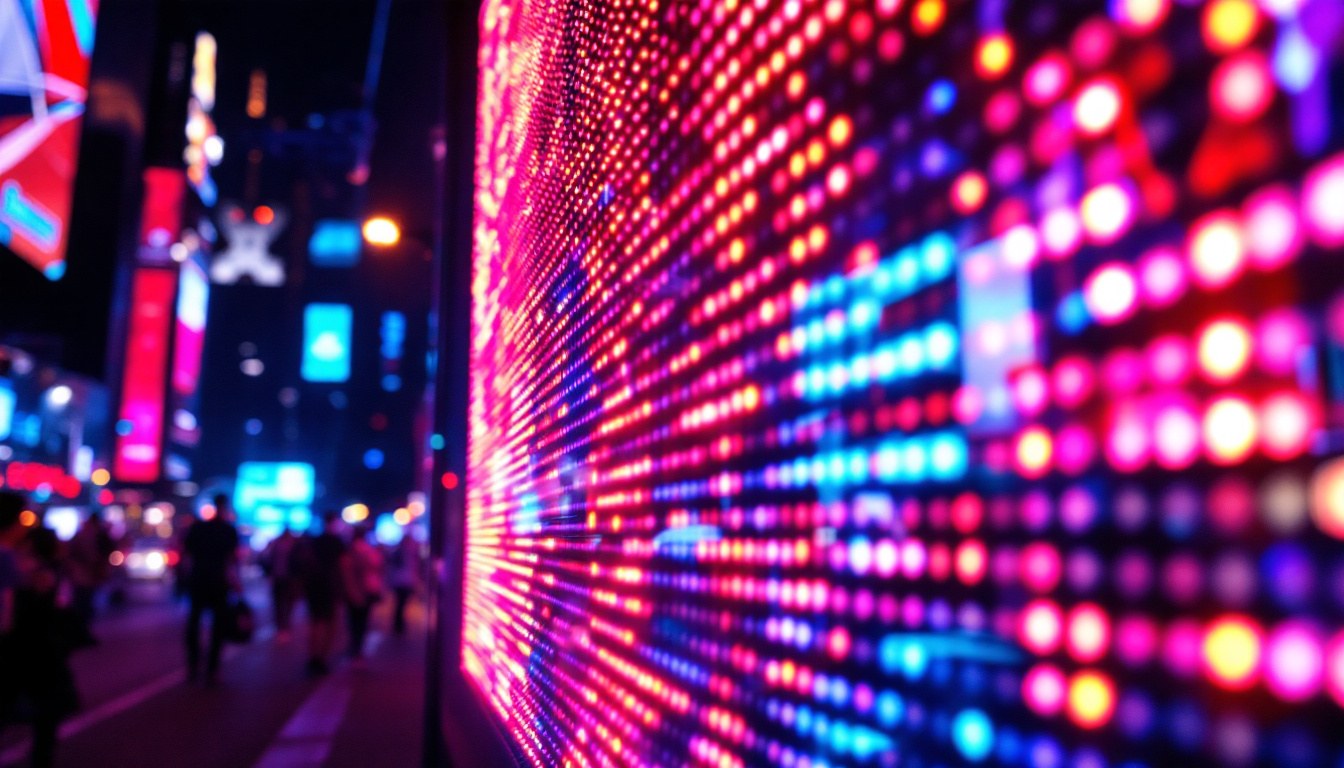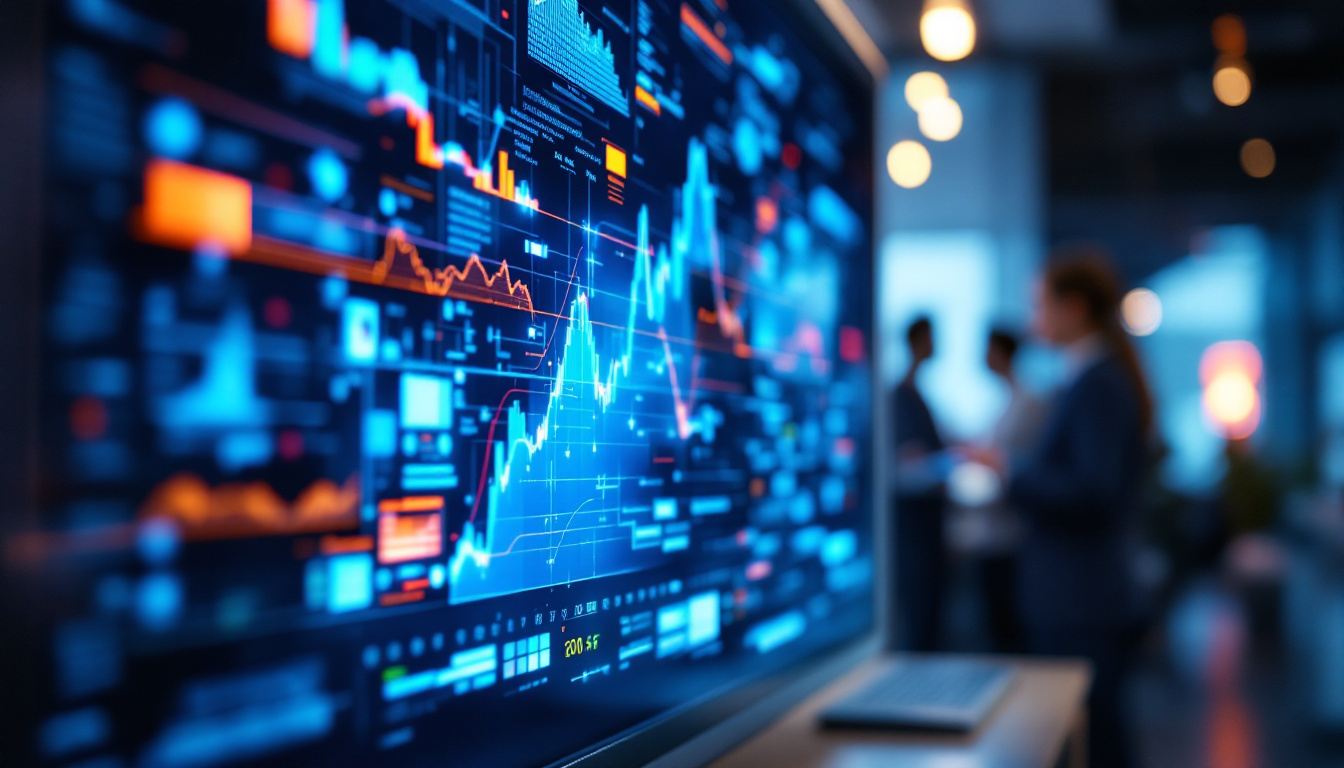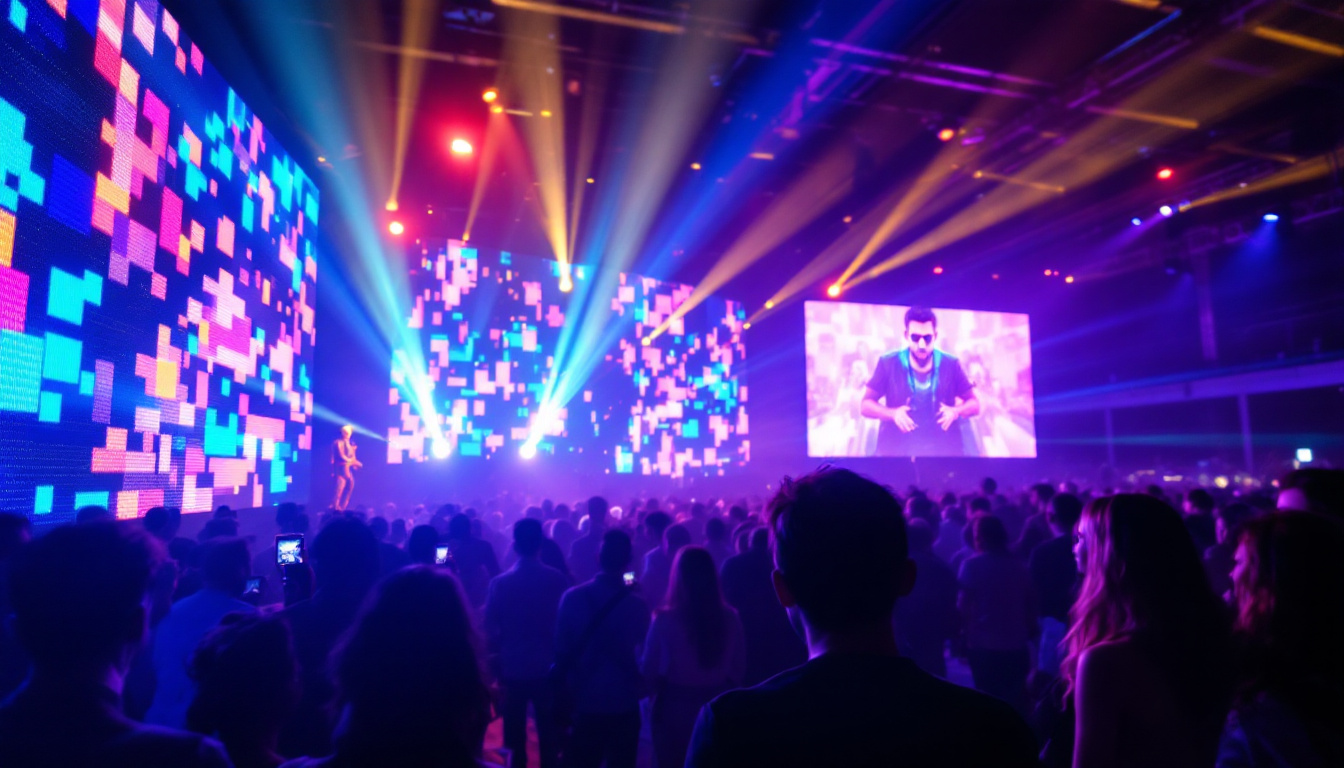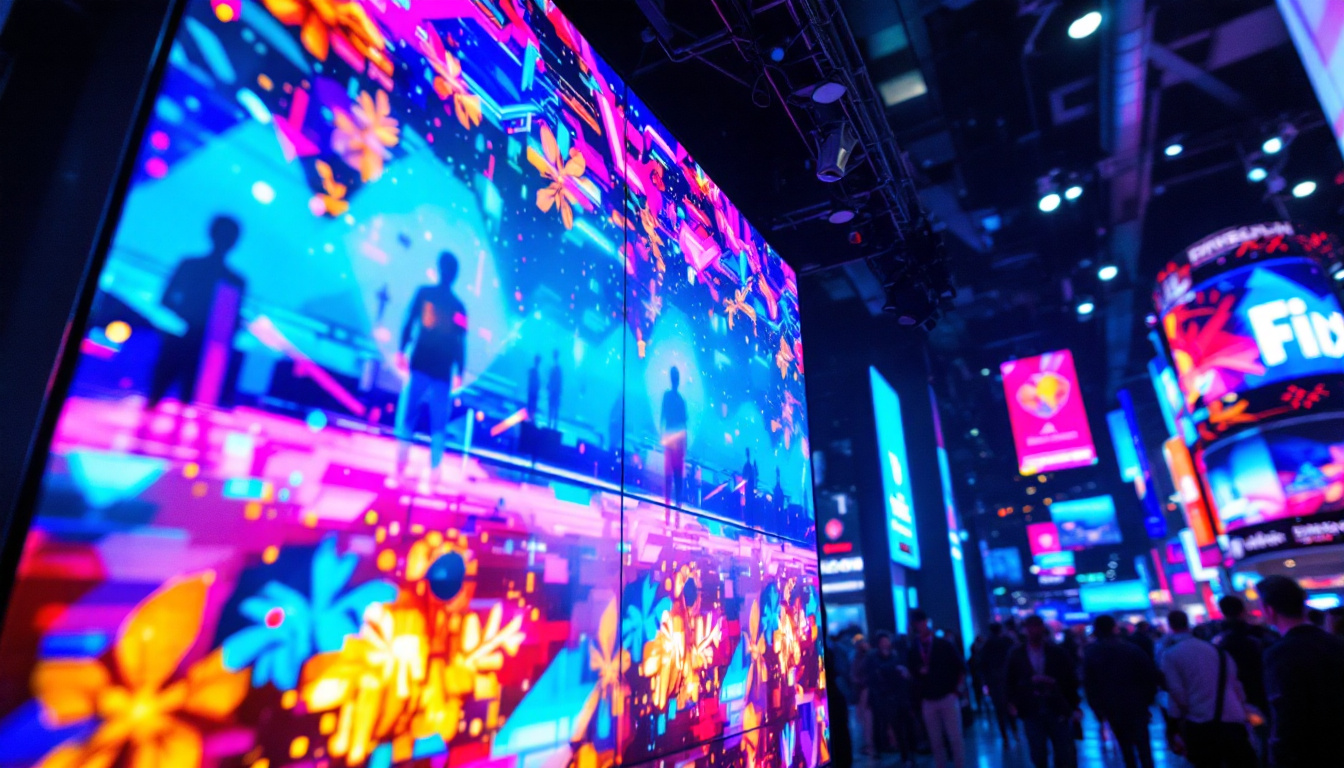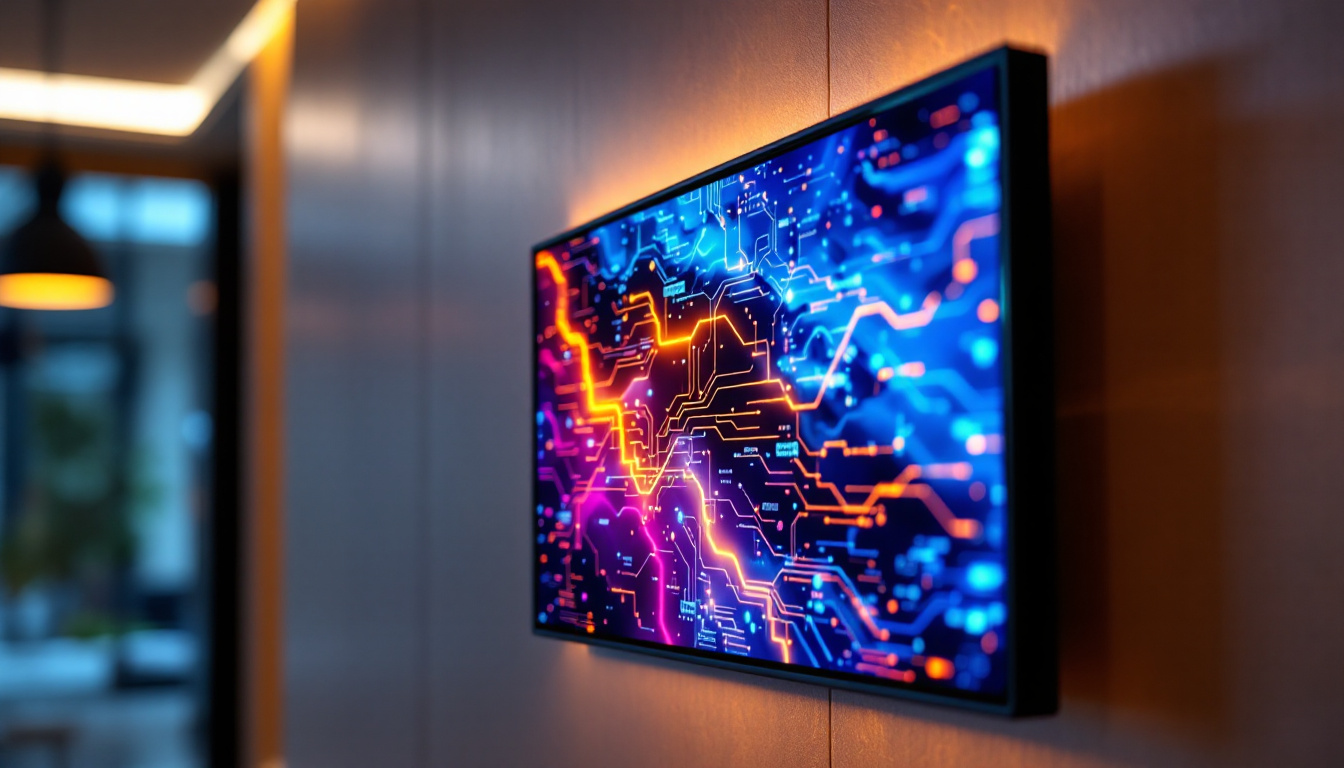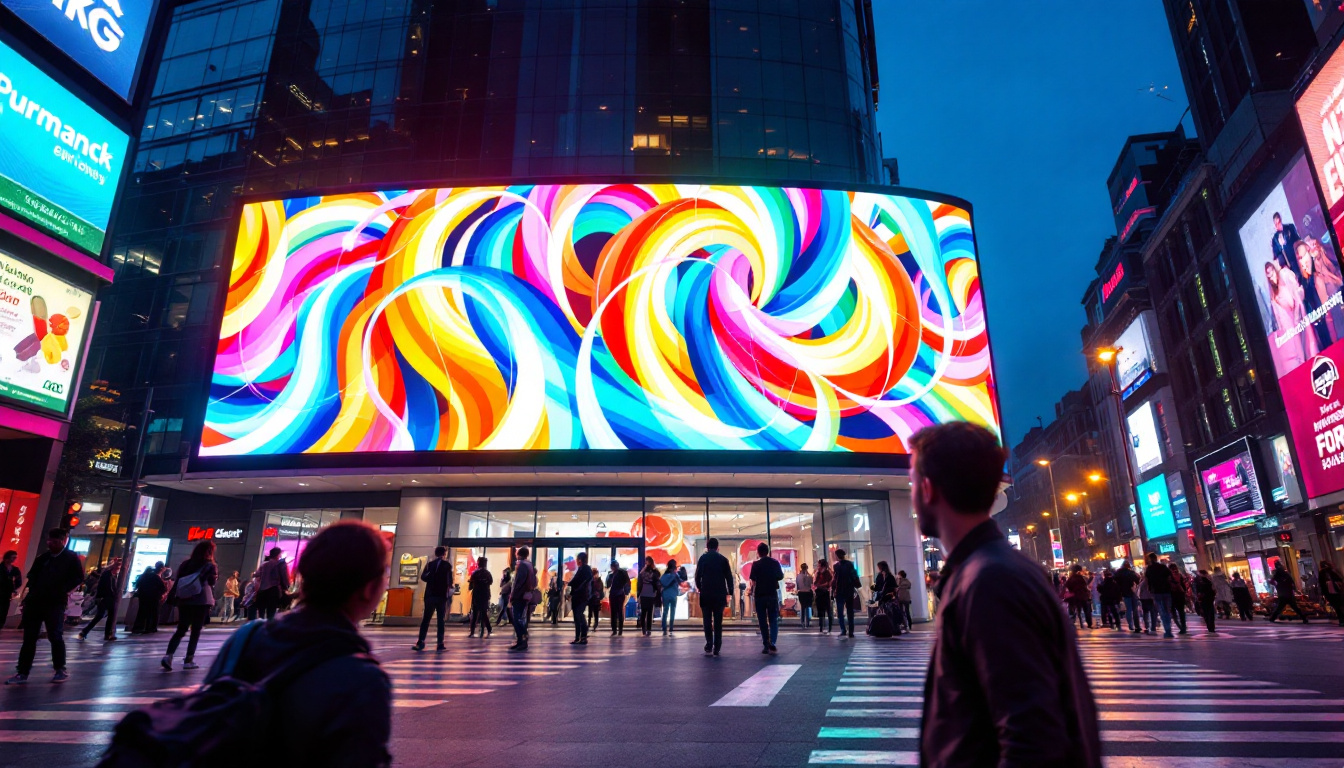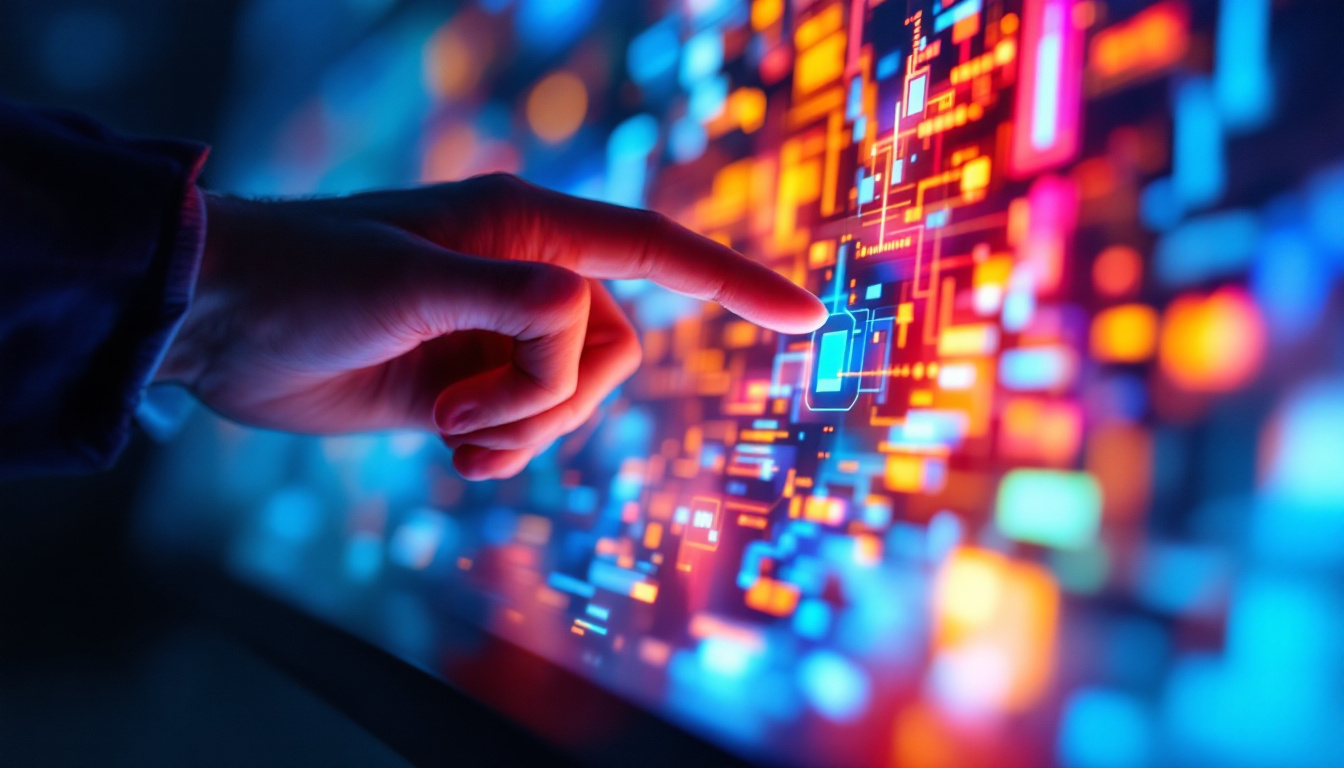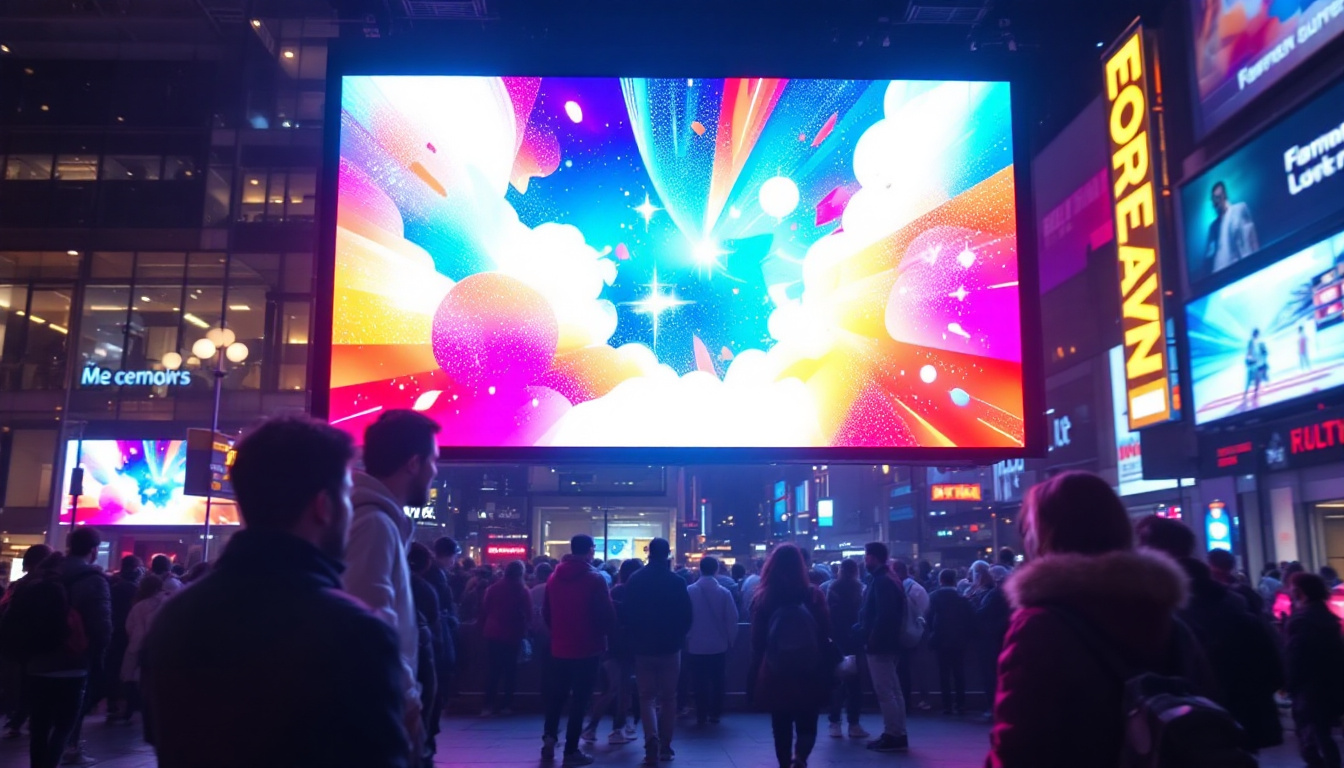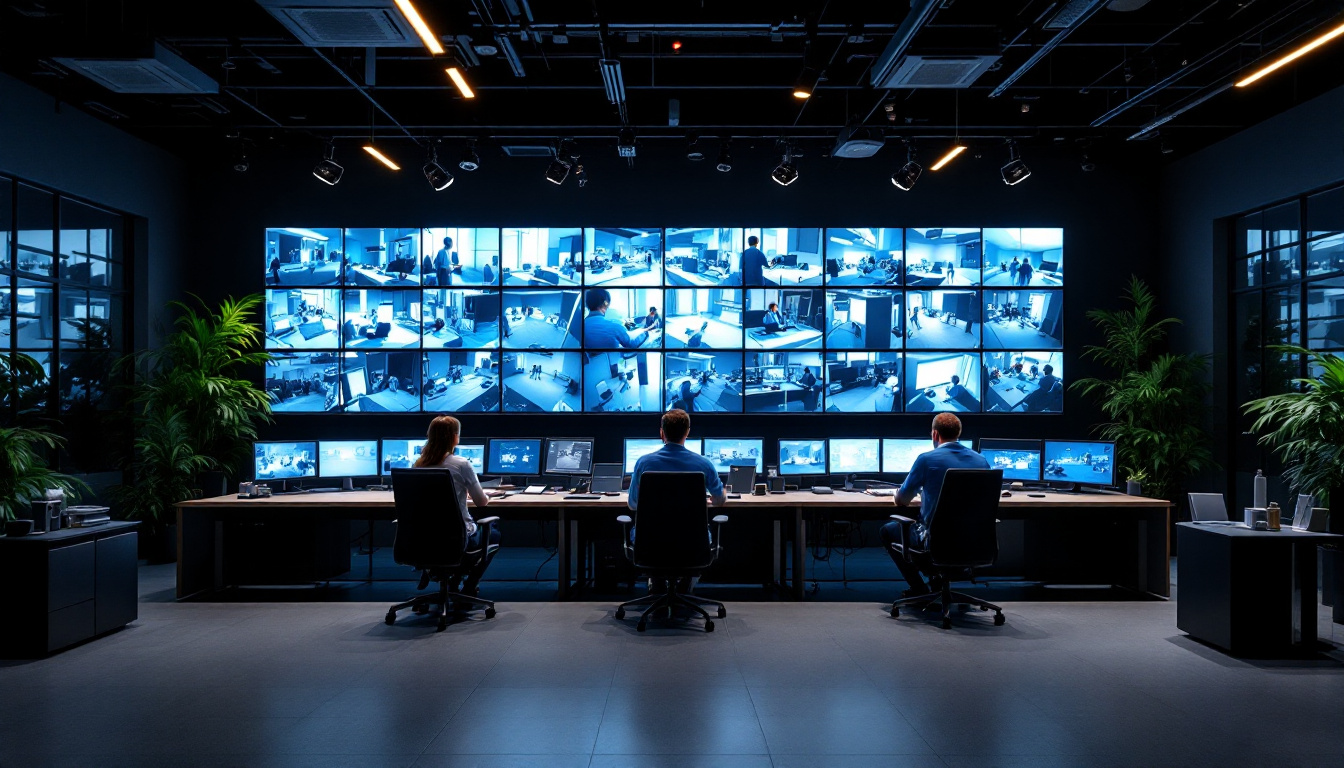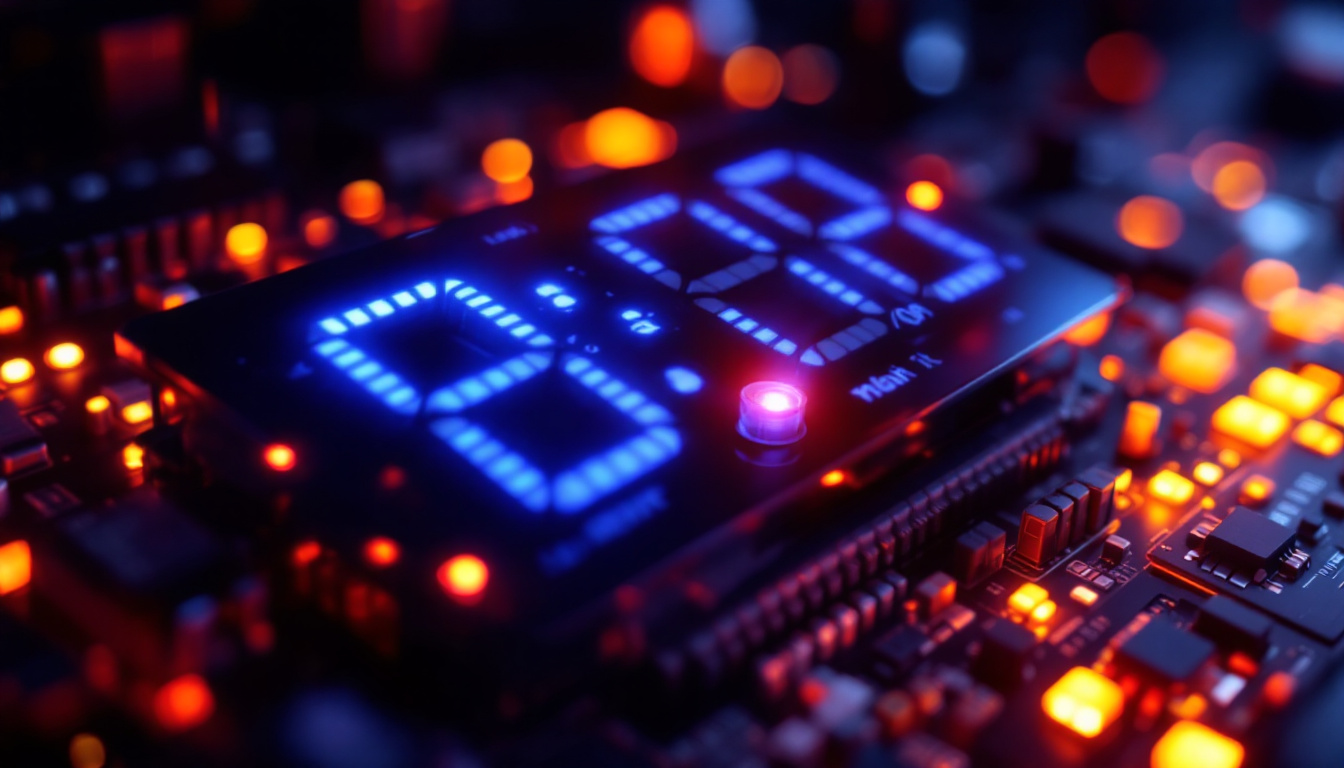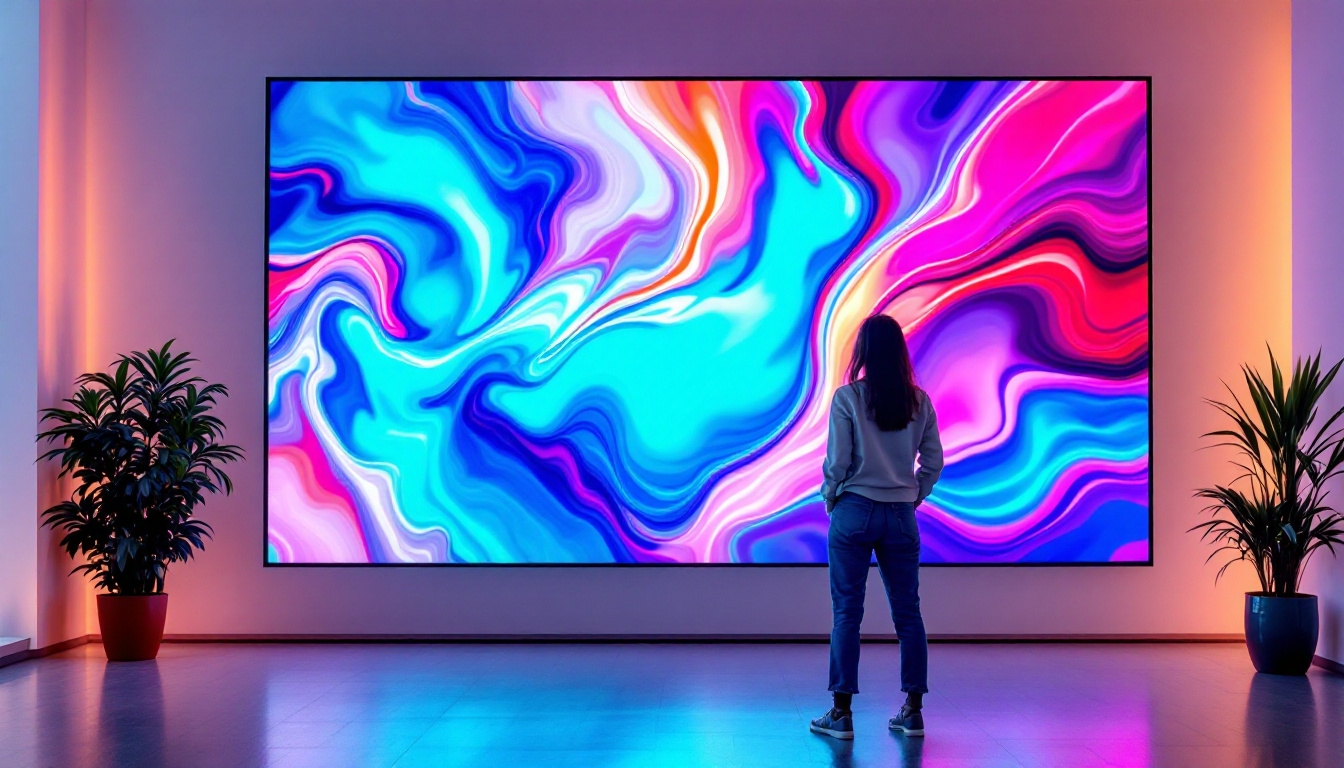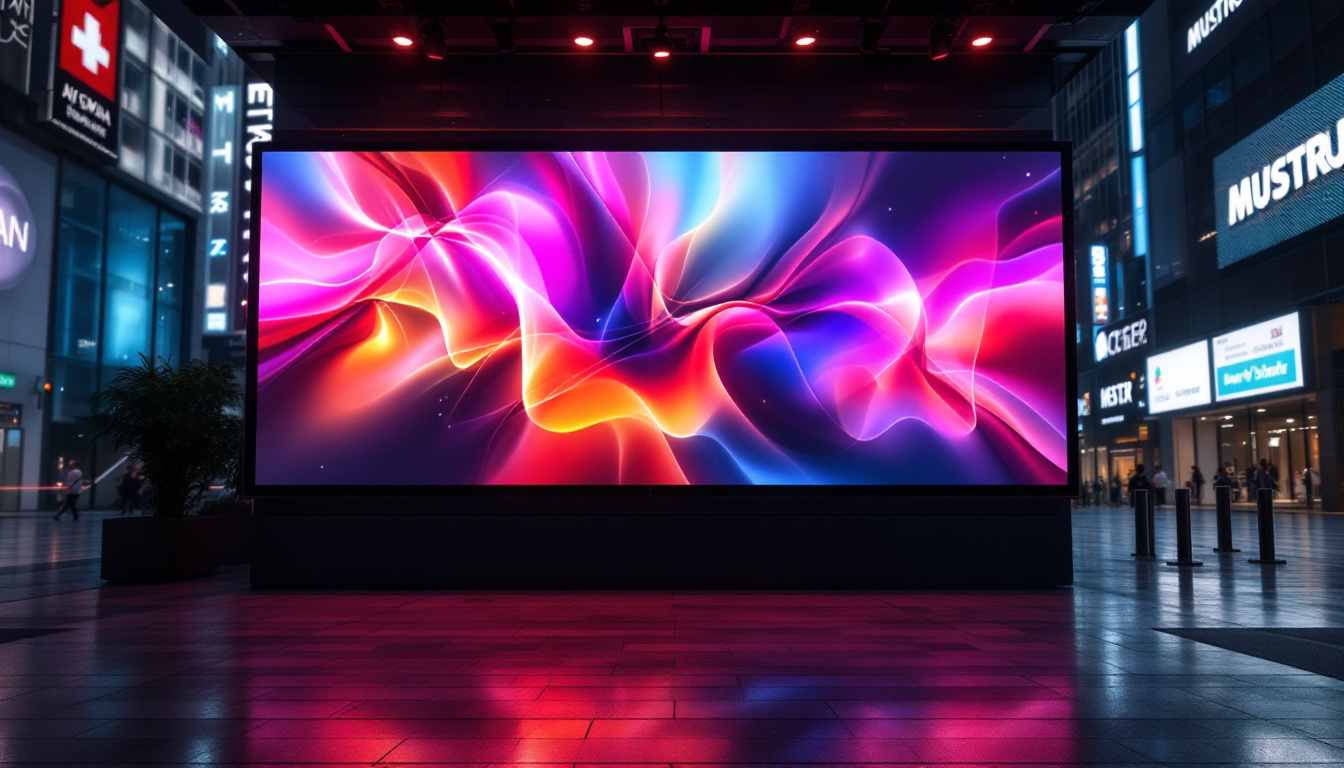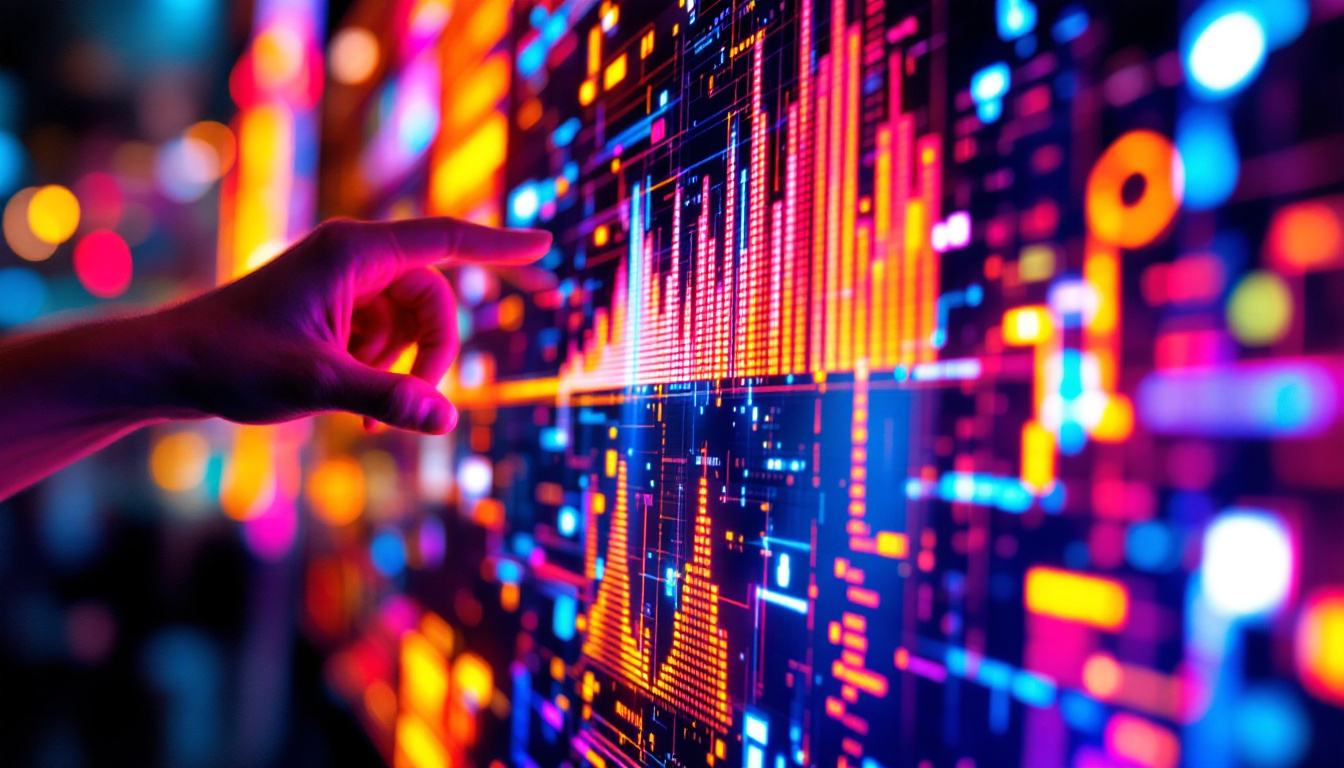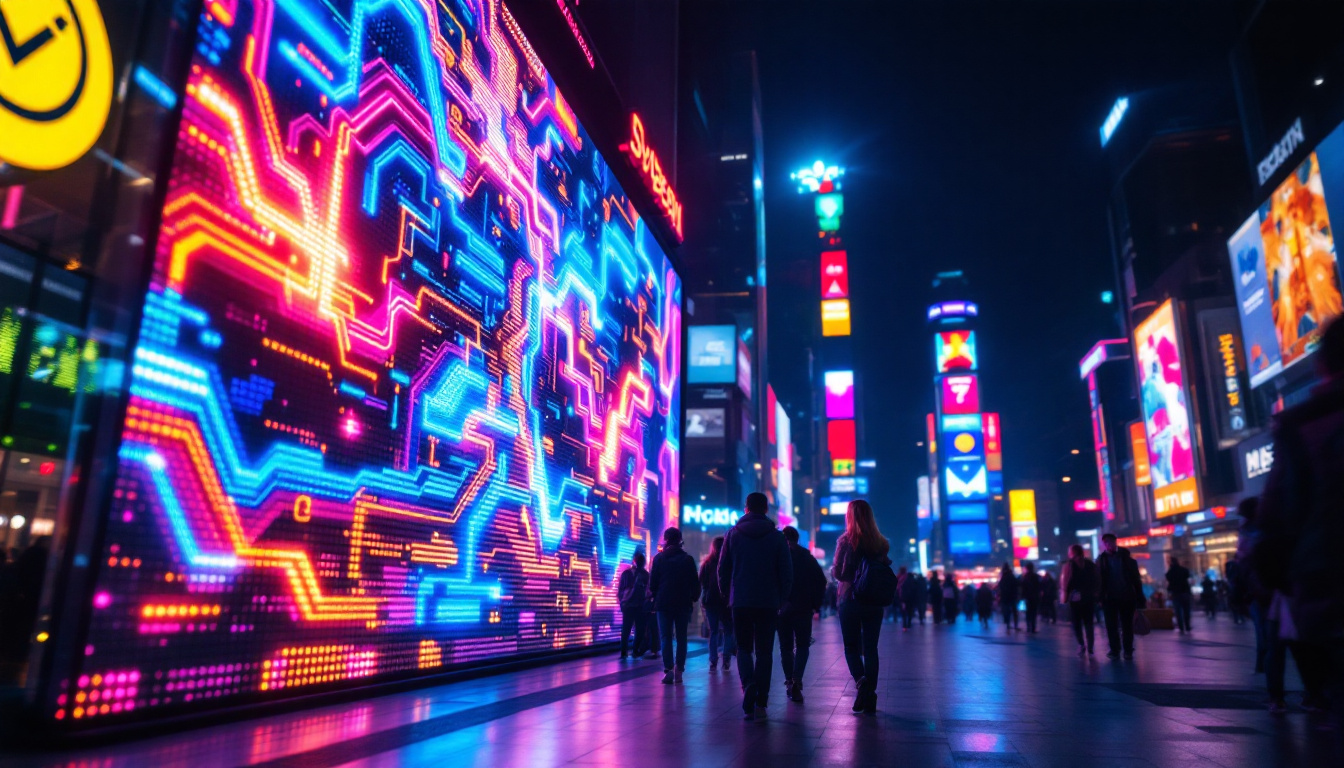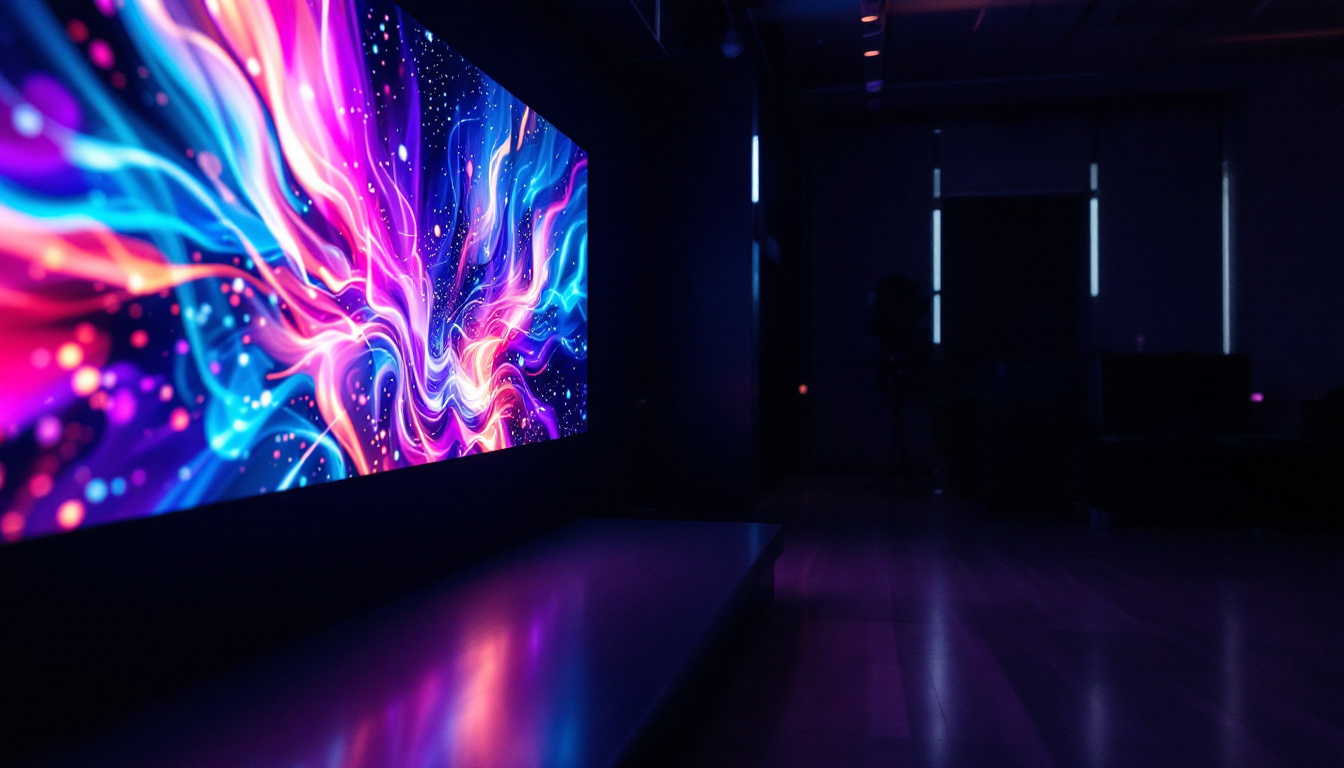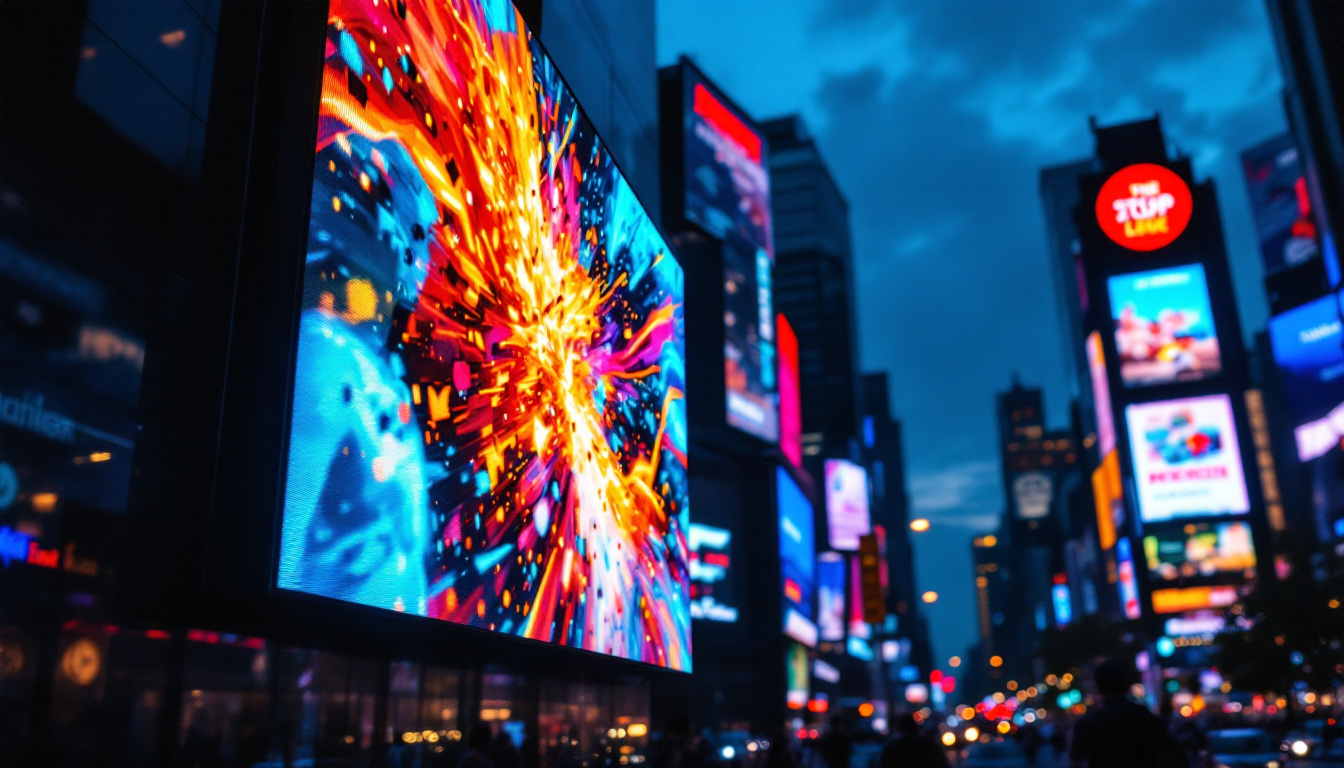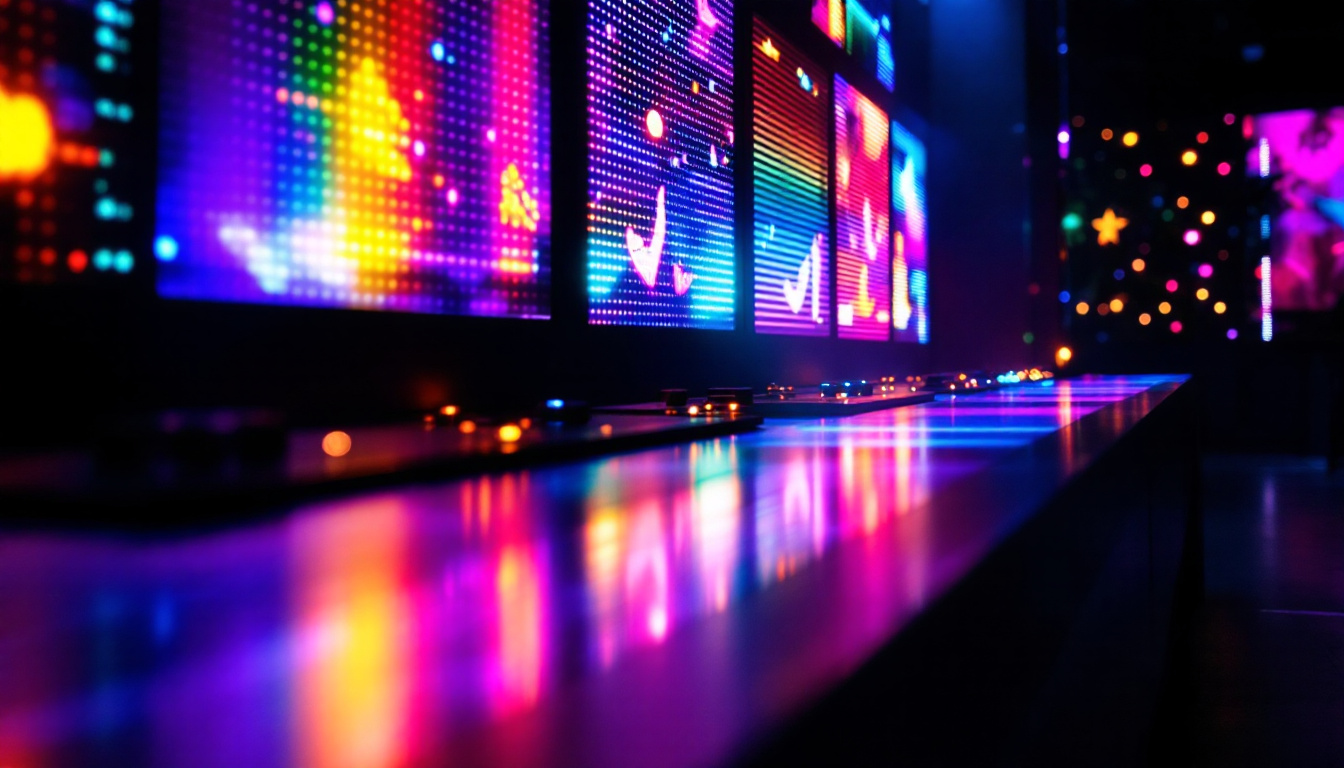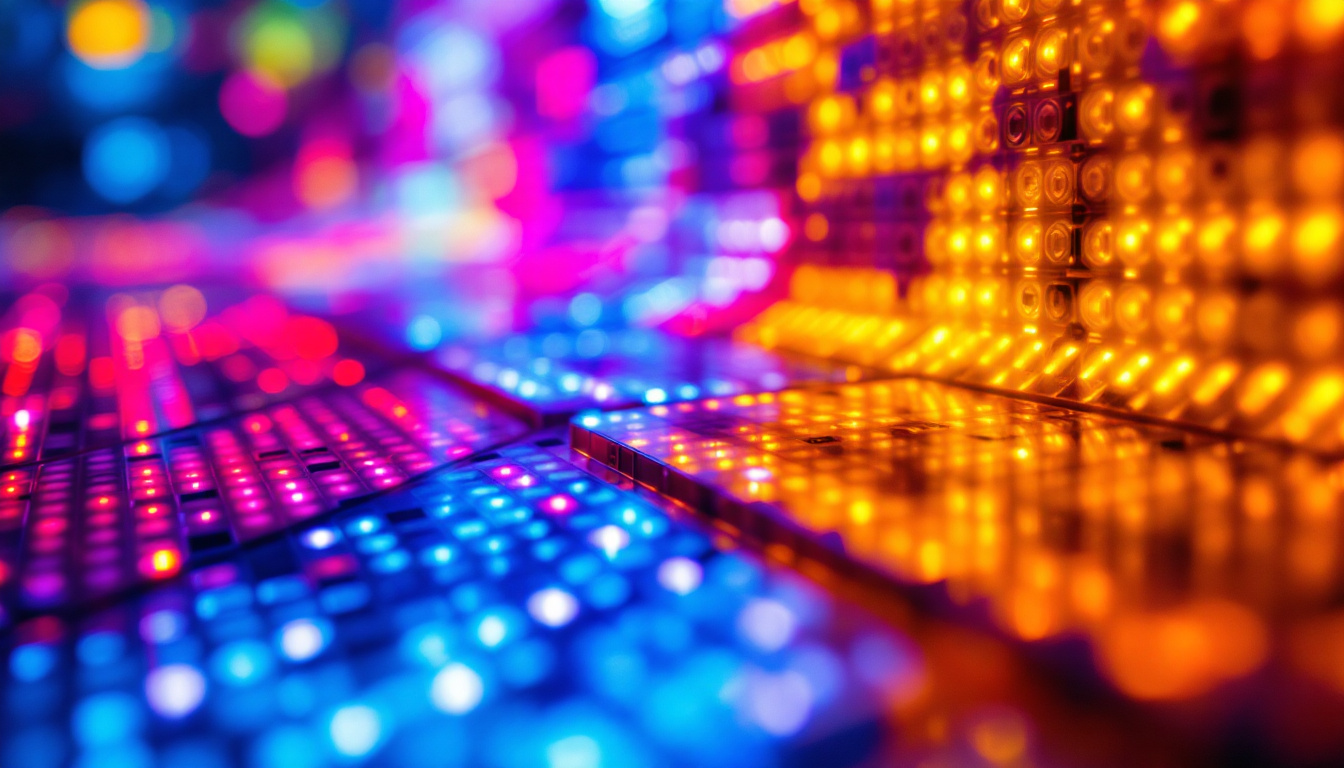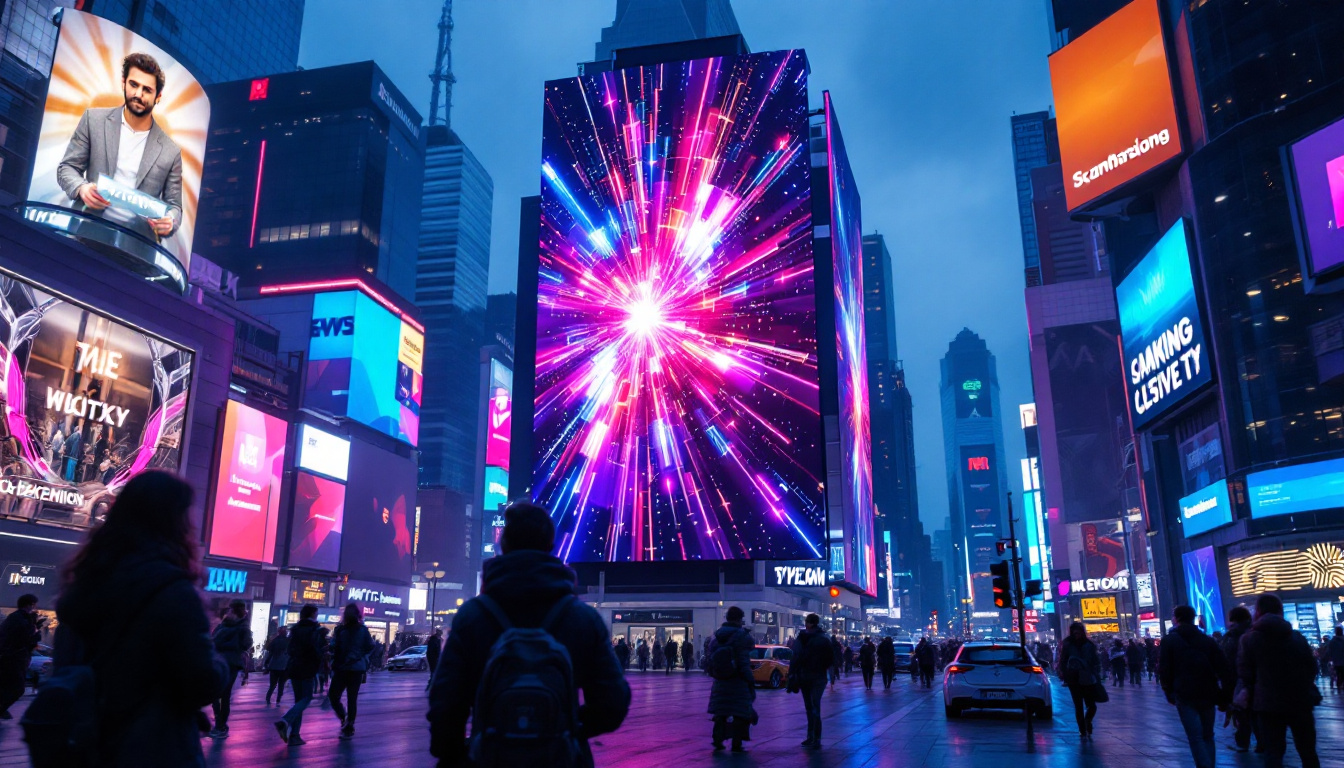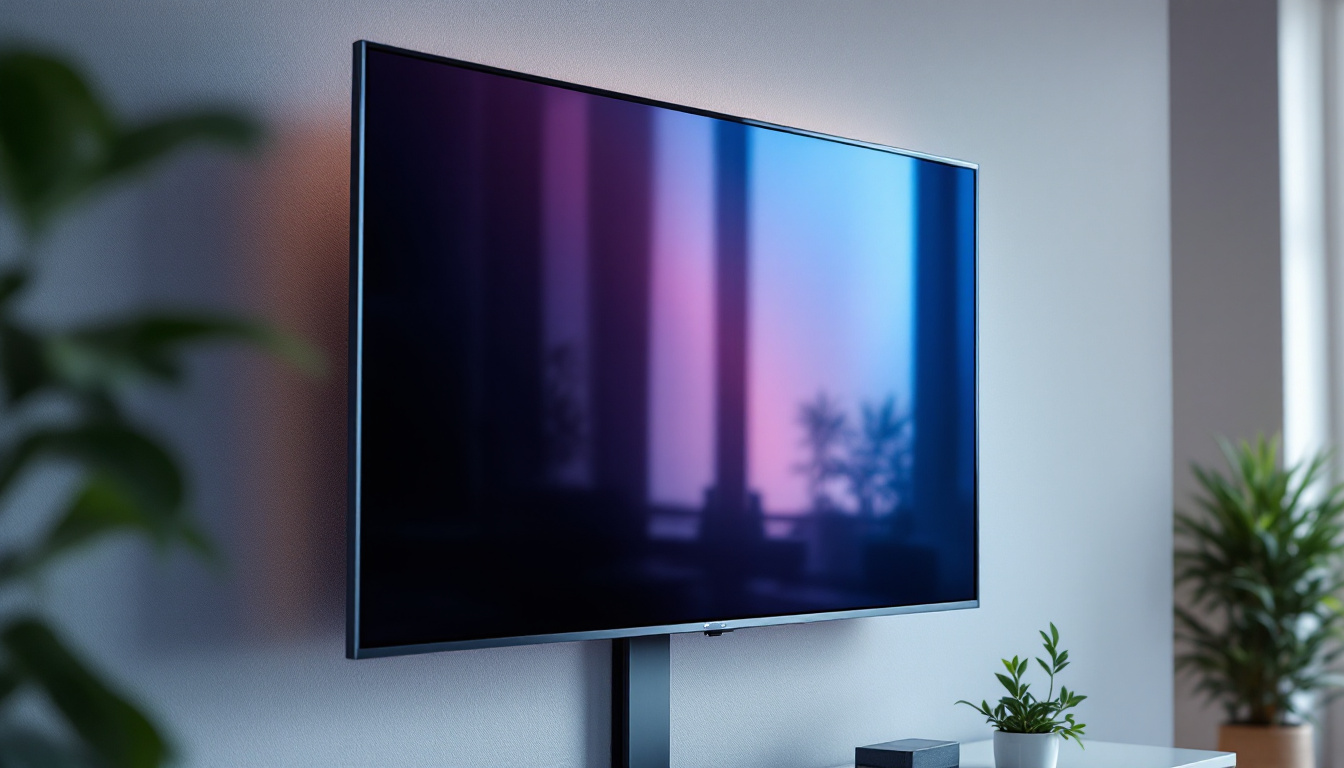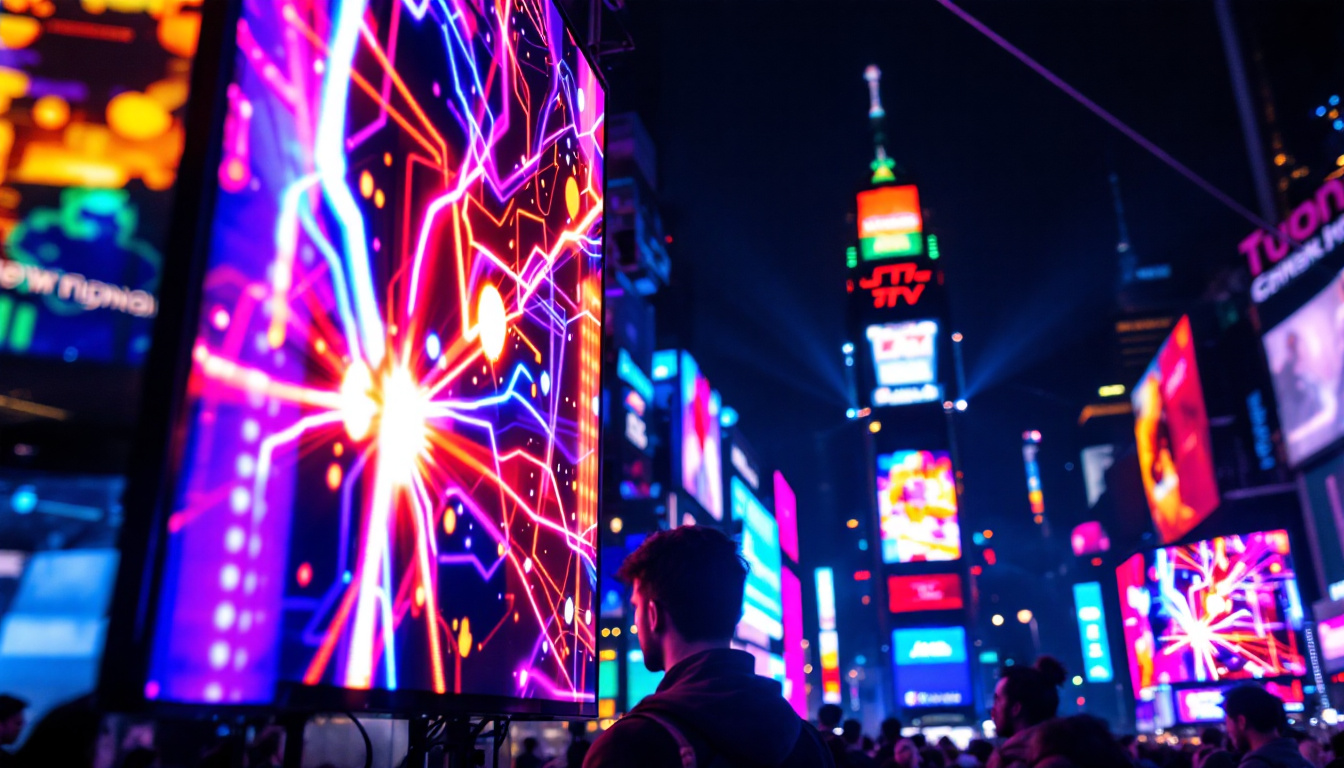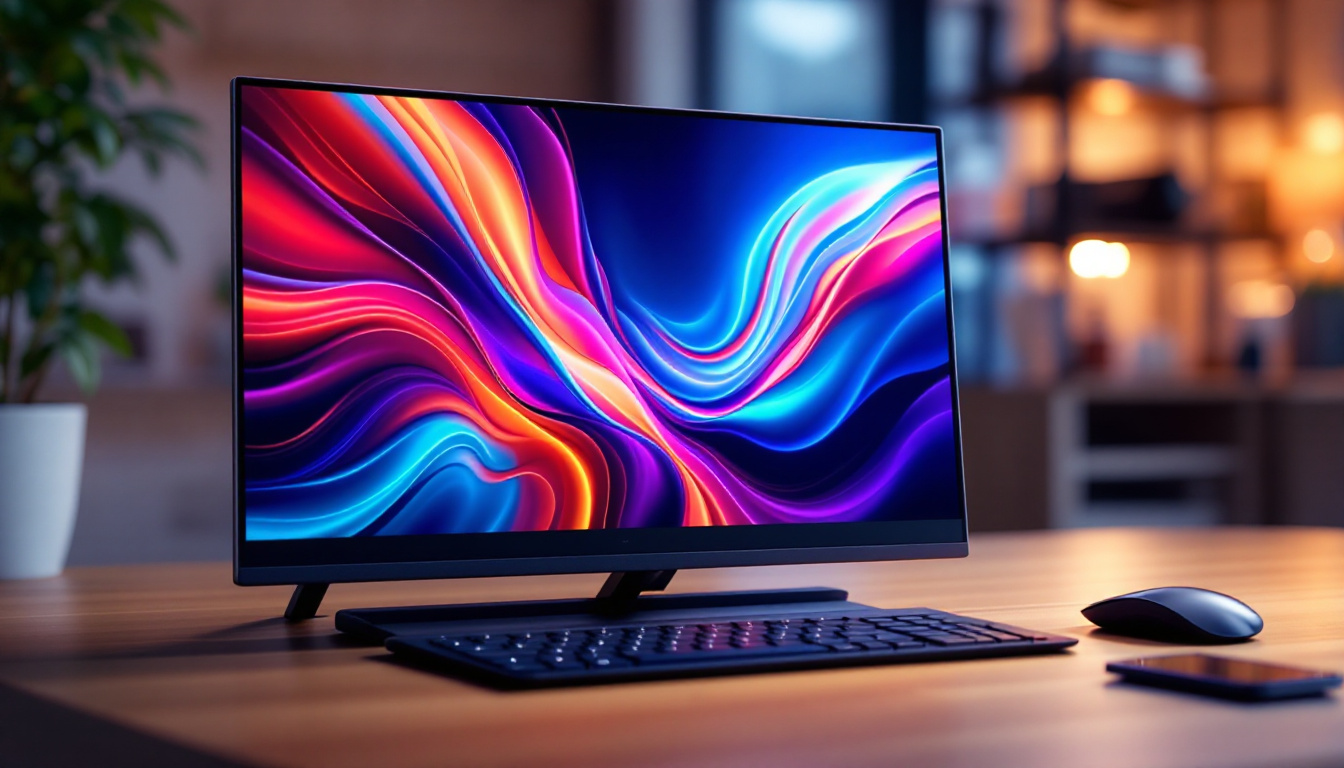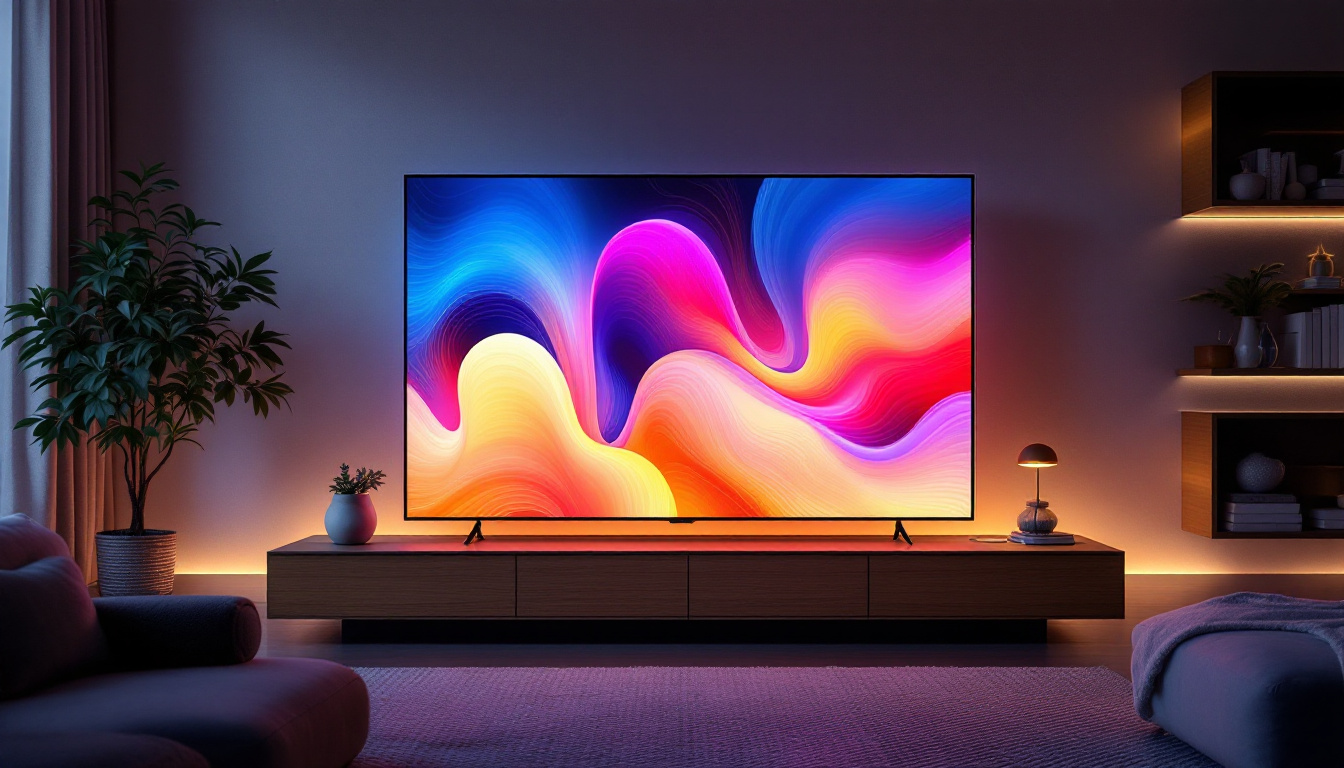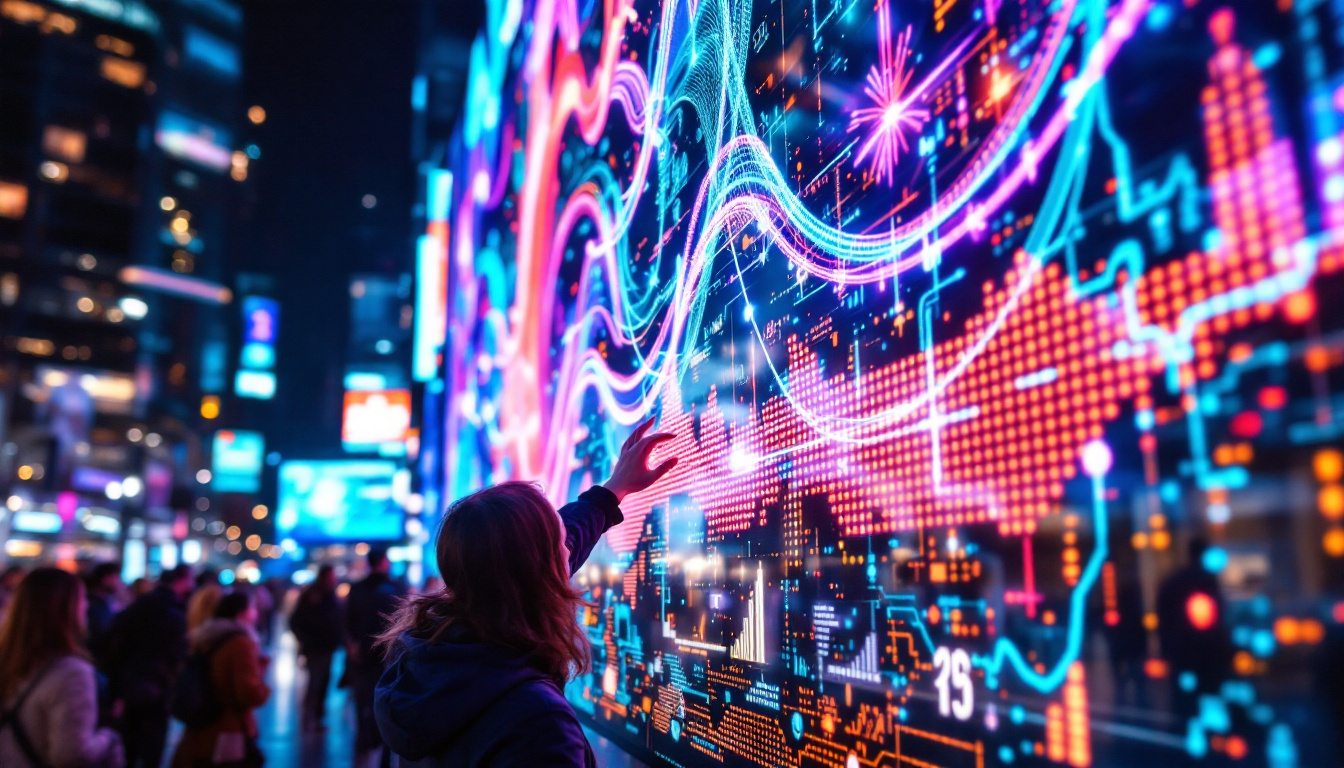In the ever-evolving world of technology, LED displays have emerged as a cornerstone of modern visual communication. From billboards that light up city streets to the screens that dominate our living rooms, LEDs are everywhere. This article delves into the intricacies of LED displays, their applications, and the technology that powers them.
Understanding LED Technology
Light Emitting Diodes (LEDs) are semiconductor devices that emit light when an electric current passes through them. This fundamental property has made them a popular choice for a variety of applications, particularly in display technology. Their compact size, durability, and efficiency have revolutionized how we think about lighting and visual displays, paving the way for innovations in both consumer and commercial sectors.
How LEDs Work
At the core of LED technology is the movement of electrons. When a voltage is applied to an LED, electrons recombine with holes within the device, releasing energy in the form of photons. This process is known as electroluminescence. The color of the light emitted depends on the materials used in the semiconductor. For instance, gallium nitride can produce blue light, while gallium phosphide can emit green light. This specificity allows for the creation of vibrant and diverse color palettes in displays.
Different combinations of materials can produce different colors, allowing for a wide range of visual displays. The efficiency of LEDs is another significant advantage; they consume less power compared to traditional incandescent bulbs, making them an environmentally friendly option. Additionally, LEDs have a longer lifespan, often lasting tens of thousands of hours, which reduces the need for frequent replacements and minimizes waste.
The Evolution of LED Displays
LED displays have undergone significant transformations since their inception. Initially, they were limited to simple indicators and small screens. However, advancements in technology have led to the development of large-scale displays used in various settings, from sports arenas to concert venues. These displays not only provide clear and bright visuals but also enable dynamic content that can be updated in real-time, enhancing the viewer’s experience.
Today, LED displays can be categorized into several types, including direct view LED displays, LED video walls, and OLED displays. Each type has its unique characteristics and applications, catering to different needs in the market. For example, direct view LED displays are often used for outdoor advertising due to their high brightness and visibility in sunlight, while OLED displays, known for their deep blacks and wide viewing angles, are favored for high-end televisions and smartphones. As technology continues to evolve, we can expect even more innovative applications of LED technology, such as flexible displays and integration into everyday objects, further blurring the lines between technology and design.
Applications of LED Displays
The versatility of LED displays allows them to be used in numerous sectors. Their bright and vibrant output makes them ideal for advertising, entertainment, and information dissemination.
Advertising and Marketing
One of the most prominent applications of LED displays is in advertising. digital billboards and signage have become commonplace in urban environments, capturing the attention of passersby with dynamic content. Advertisers can change their messages in real-time, allowing for targeted campaigns that can adapt to different audiences.
Moreover, the ability to display high-definition graphics and videos enhances the effectiveness of advertising. This capability not only attracts attention but also engages viewers, leading to increased brand recognition and sales. The interactivity of some LED displays further boosts consumer engagement; for instance, touch-sensitive screens allow users to explore products or promotions in a more hands-on manner, creating a memorable experience that traditional static ads simply cannot match.
Entertainment and Events
In the entertainment industry, LED displays play a crucial role in enhancing the audience experience. Concerts, festivals, and sporting events utilize large LED screens to display live feeds, graphics, and animations, creating an immersive atmosphere.
These displays can be configured in various shapes and sizes, allowing for creative setups that complement the event’s theme. The flexibility of LED technology enables event organizers to design visually stunning environments that captivate attendees. Beyond just visuals, the integration of LED displays with sound systems can synchronize audio-visual elements, enhancing the overall impact of performances. For example, during a live concert, the combination of vivid light displays and synchronized music can evoke powerful emotions, making the event unforgettable for the audience. Additionally, LED technology is increasingly being used in virtual reality setups, where immersive experiences can be created that transport viewers into entirely new worlds, further pushing the boundaries of entertainment.
Benefits of LED Displays
The advantages of LED displays extend beyond their visual appeal. They offer a range of benefits that make them a preferred choice for many applications.
Energy Efficiency
One of the most significant benefits of LED displays is their energy efficiency. Compared to traditional display technologies, LEDs consume significantly less power, leading to lower operational costs. This efficiency is particularly beneficial for large-scale displays that operate continuously.
Additionally, the reduced energy consumption contributes to a smaller carbon footprint, making LED displays a more sustainable option for businesses and organizations. Many companies are now prioritizing eco-friendly practices, and using LED technology aligns perfectly with these goals. By opting for LED displays, organizations can not only save on energy bills but also enhance their corporate social responsibility initiatives, showcasing their commitment to sustainability.
Longevity and Durability
LED displays are known for their longevity. With a lifespan that can exceed 100,000 hours, they require less frequent replacements than traditional displays. This durability is especially advantageous in outdoor settings where displays are exposed to harsh weather conditions.
Furthermore, LED technology is inherently more robust, making these displays resistant to shock and vibration. This resilience ensures that they maintain performance even in challenging environments. In addition to their physical durability, LED displays are also less prone to burn-in issues, which can plague older technologies like CRTs and plasma screens. This means that businesses can rely on their LED displays for consistent performance over time, without the worry of image degradation or quality loss, making them a smart long-term investment.
Moreover, the versatility of LED displays allows for a wide range of applications, from advertising billboards to dynamic signage in retail environments. Their ability to function effectively in various lighting conditions, including direct sunlight, further enhances their usability. This adaptability not only broadens the scope of where and how they can be used but also ensures that the content displayed is always vibrant and eye-catching, capturing the attention of passersby and enhancing customer engagement.
Challenges and Considerations
While LED displays offer numerous benefits, they are not without challenges. Understanding these challenges is essential for making informed decisions when investing in LED technology.
Initial Costs
The initial investment for LED displays can be substantial. Although prices have decreased over the years, high-quality LED screens still represent a significant financial commitment. Businesses must weigh the long-term savings against the upfront costs to determine the feasibility of the investment.
However, it is important to consider the return on investment (ROI) that can be achieved through increased visibility and engagement, which can offset initial expenses over time. Additionally, many manufacturers offer financing options or leasing agreements, which can help mitigate the burden of upfront costs. This flexibility allows businesses to adopt LED technology without straining their budgets, making it more accessible for a wider range of organizations. Furthermore, as technology continues to advance, the longevity and energy efficiency of LED displays contribute to lower operational costs, ultimately enhancing their value proposition.
Brightness and Visibility
Another consideration is the brightness of LED displays. While they are generally bright and visible, factors such as ambient light can affect their performance. In outdoor settings, displays must be designed to withstand direct sunlight, which can wash out colors and reduce visibility.
Choosing the right brightness level and pixel pitch is crucial for ensuring optimal performance in various environments. Businesses should consult with experts to select displays that meet their specific needs. Moreover, advancements in LED technology have led to the development of adaptive brightness features that automatically adjust the display’s luminosity based on surrounding light conditions. This not only enhances visibility but also contributes to energy efficiency, as the display can dim in darker environments. Additionally, the integration of high dynamic range (HDR) technology can further improve color accuracy and contrast, making the content more engaging and visually appealing to viewers, regardless of the setting.
Future Trends in LED Display Technology
The landscape of LED display technology is continually evolving. As advancements continue, several trends are emerging that will shape the future of this industry.
Smart LED Displays
Smart technology is making its way into LED displays, enabling features such as remote monitoring and content management. These capabilities allow businesses to manage their displays more efficiently, updating content and monitoring performance from anywhere in the world.
Integration with IoT (Internet of Things) devices is also becoming more common, allowing for interactive displays that respond to viewer engagement. This interactivity can enhance user experience and drive more effective advertising campaigns.
MicroLED and OLED Technology
MicroLED and OLED technologies are gaining traction as alternatives to traditional LED displays. MicroLEDs offer higher resolution and better color accuracy, while OLEDs provide deeper blacks and improved contrast ratios.
These technologies are paving the way for thinner, lighter displays with enhanced visual quality. As production techniques improve, it is expected that these advanced display types will become more accessible and widely adopted across various industries.
Conclusion
LED displays have transformed the way information is communicated and consumed. Their energy efficiency, durability, and versatility make them an ideal choice for a wide range of applications, from advertising to entertainment.
As technology continues to advance, the future of LED displays looks promising. With innovations such as smart technology and emerging display types, businesses can expect even greater capabilities and opportunities for engagement.
Understanding the nuances of LED displays is crucial for making informed decisions in a rapidly changing landscape. By staying abreast of trends and developments, organizations can leverage this powerful technology to enhance their communication strategies and drive success.
Discover LumenMatrix’s Innovative LED Solutions
As you consider the future of LED display technology for your business, LumenMatrix stands at the forefront of this evolution, ready to illuminate your brand’s potential. With a diverse array of products from Indoor and Outdoor LED Wall Displays to specialized solutions like Vehicle LED Displays and LED Sports Displays, LumenMatrix is committed to transforming your visual communication strategy. Experience the difference with our Custom LED Displays, All-in-One solutions, and LED Transparent Displays designed to captivate and engage your audience. Check out LumenMatrix LED Display Solutions today and step into a brighter, more dynamic future.

